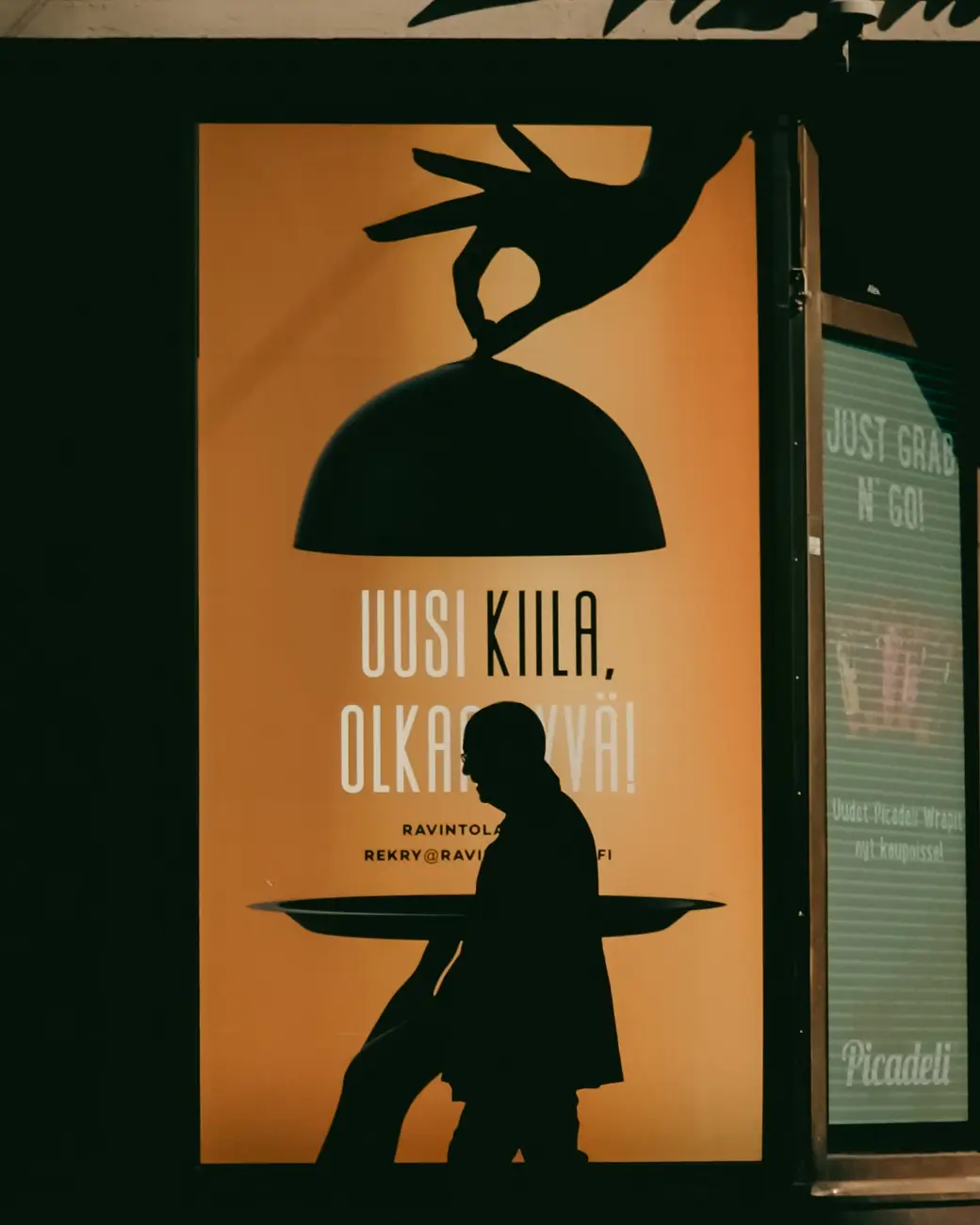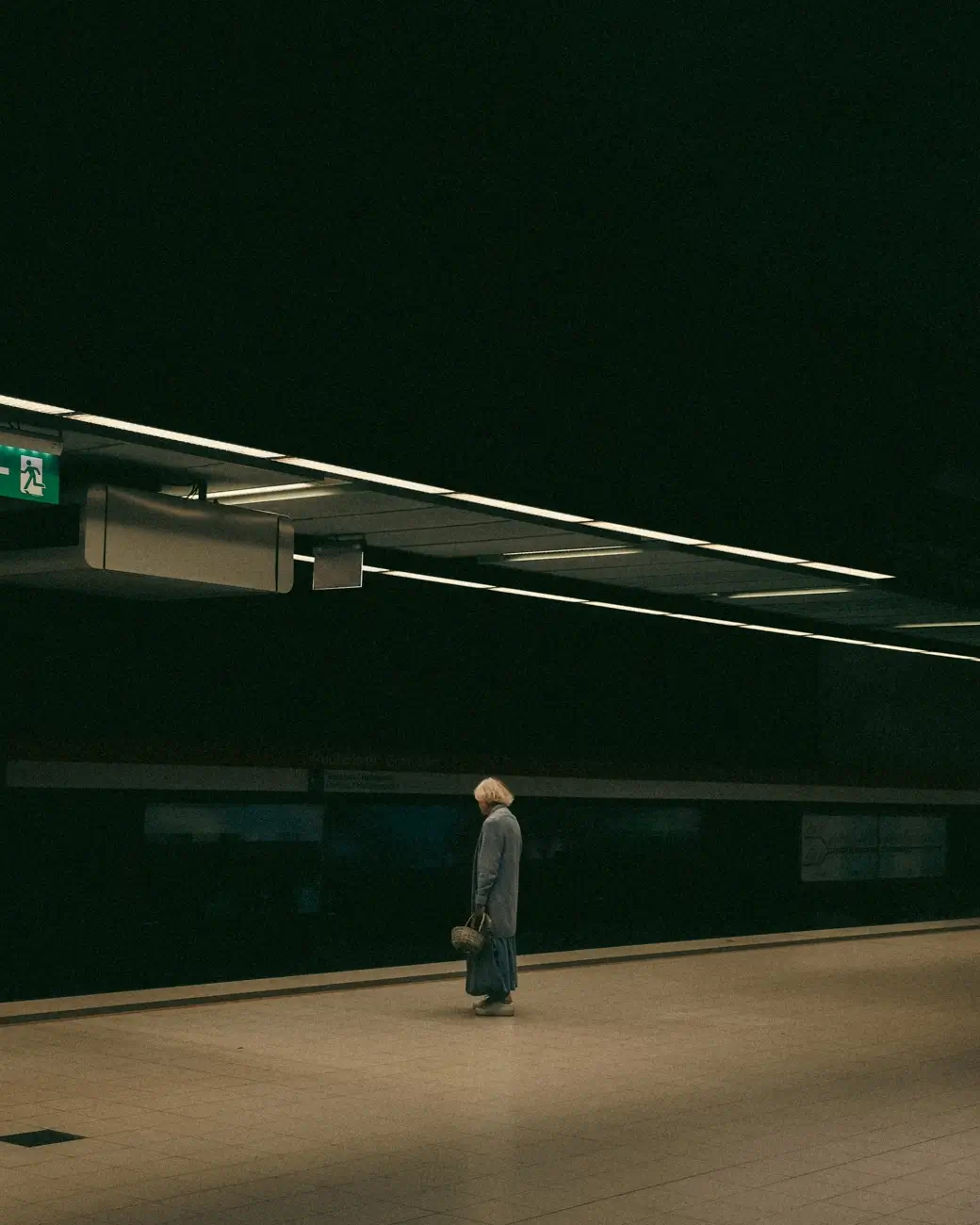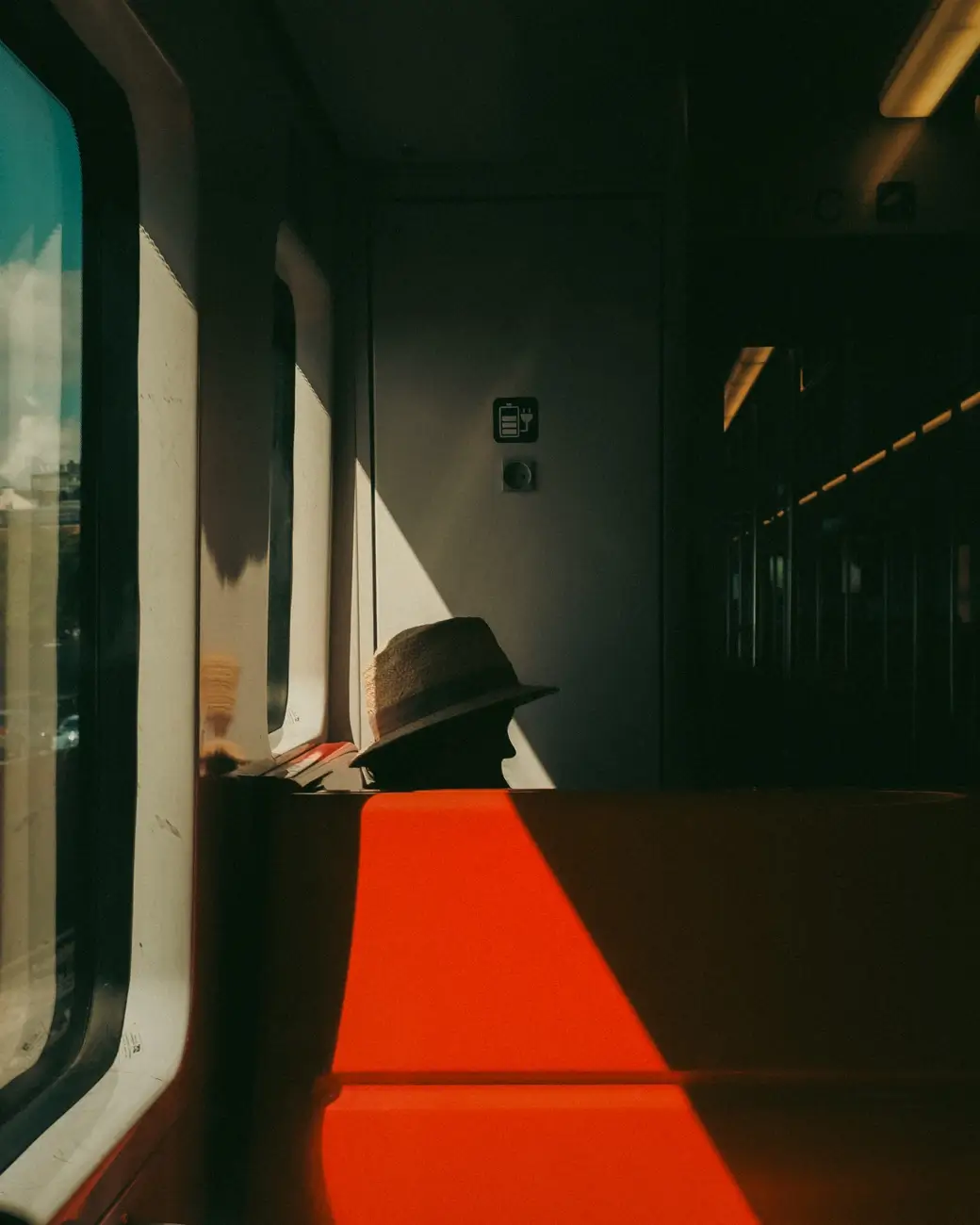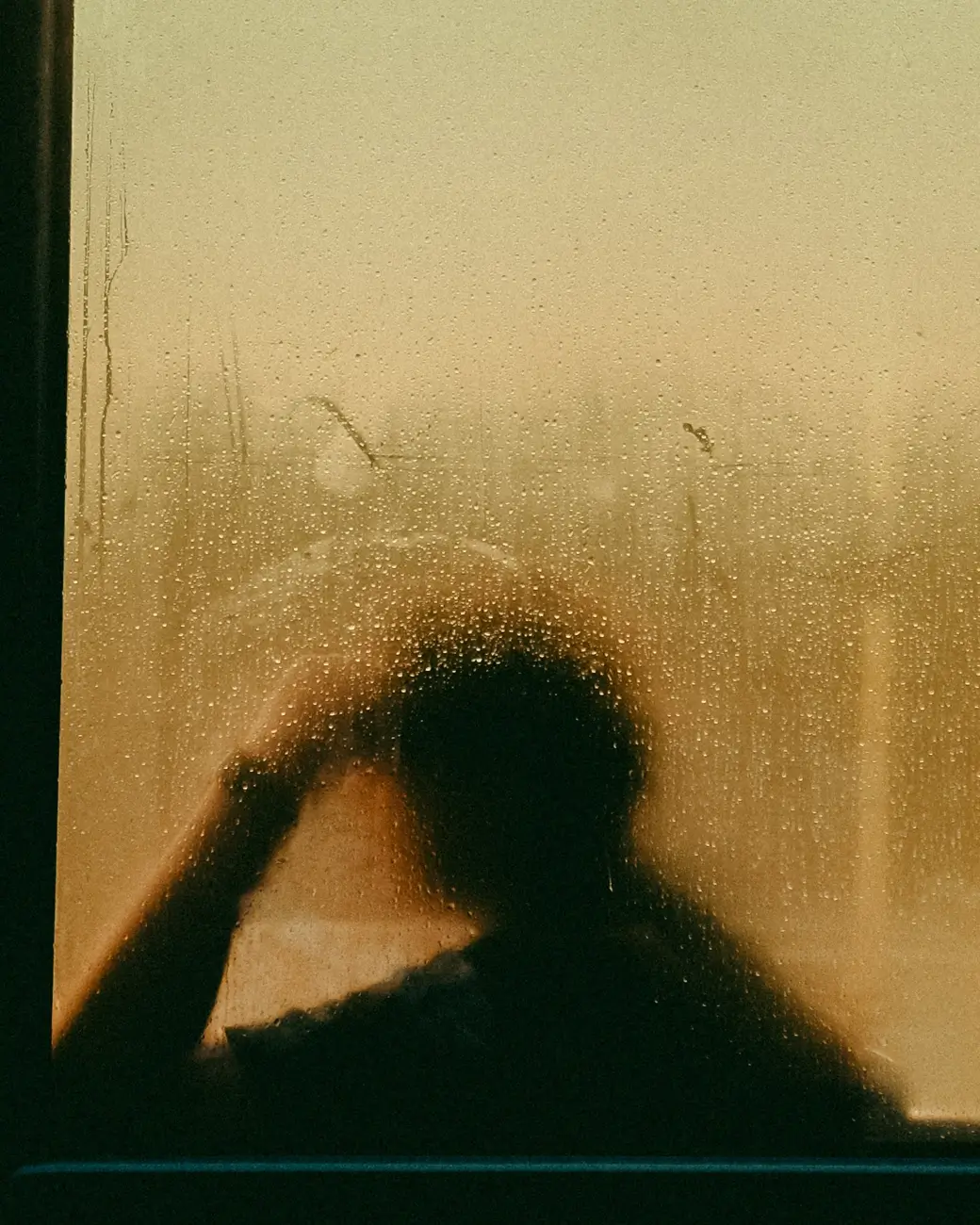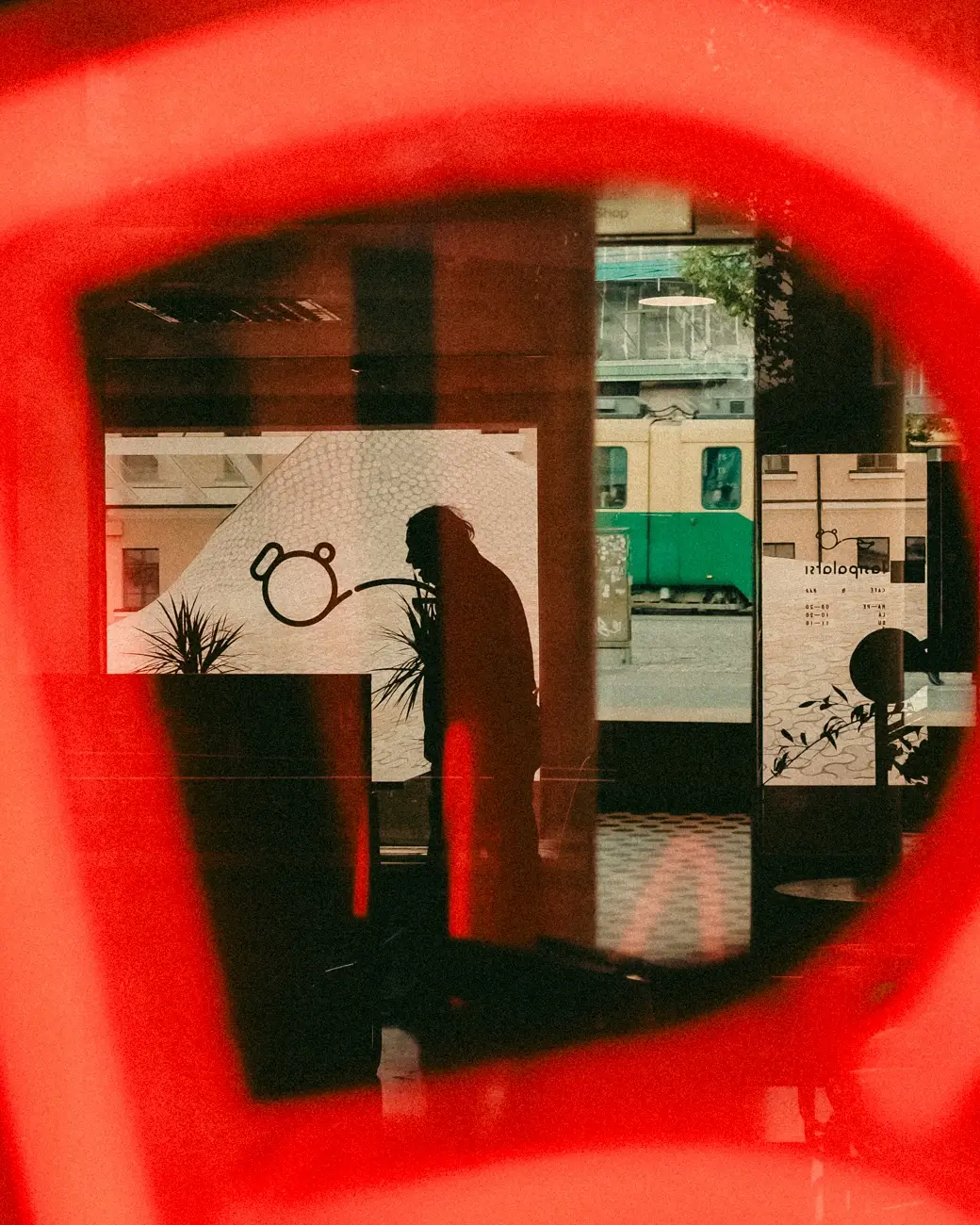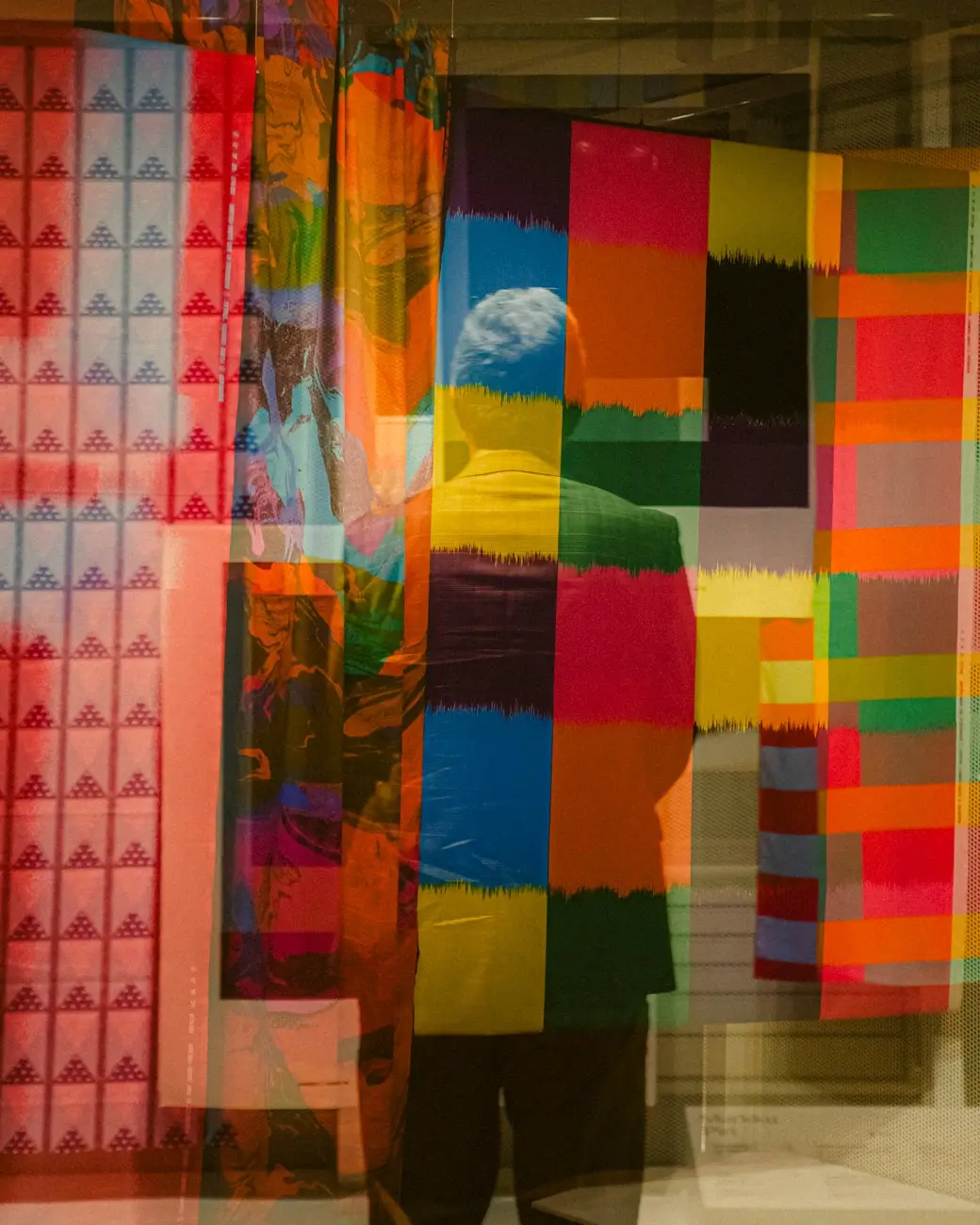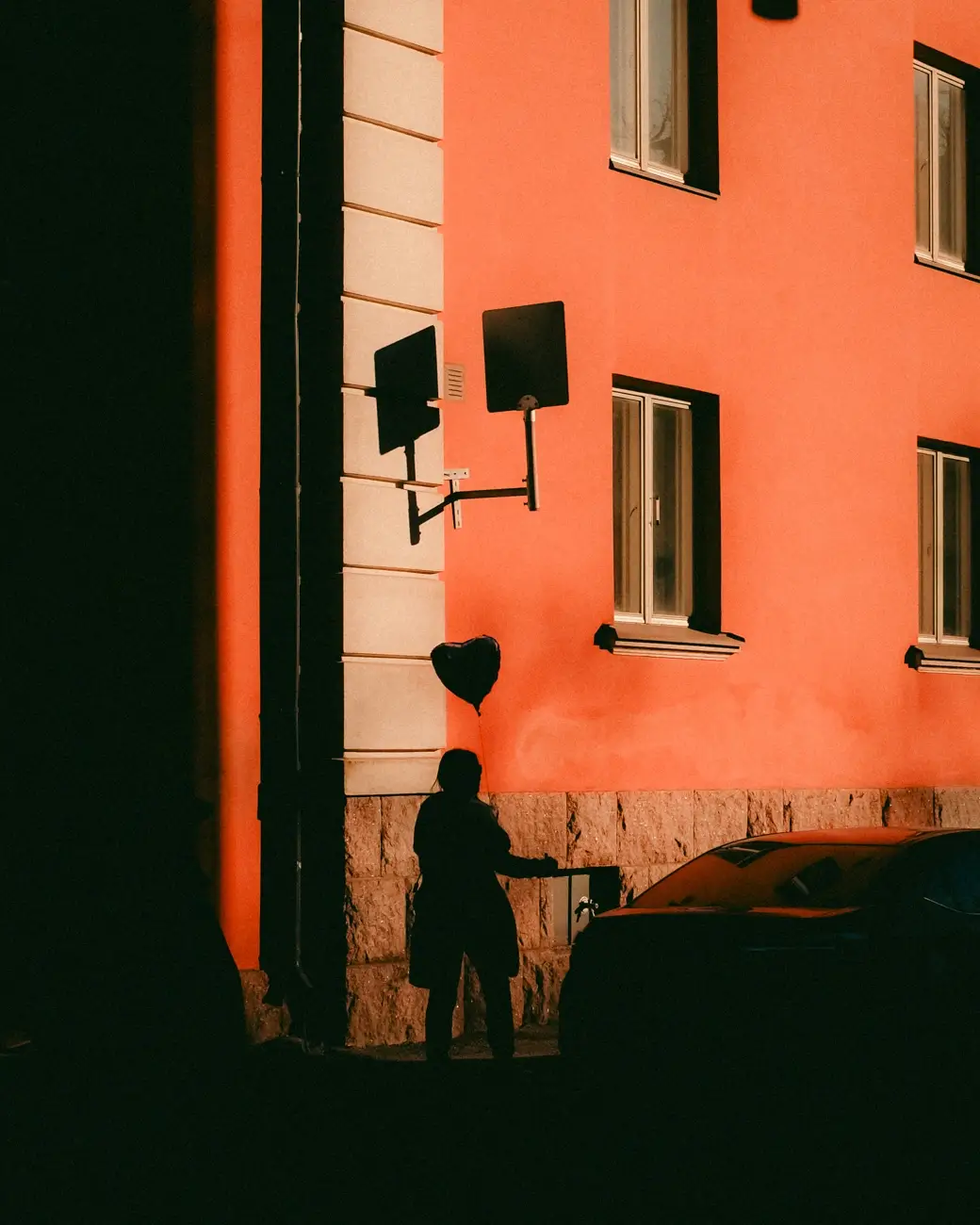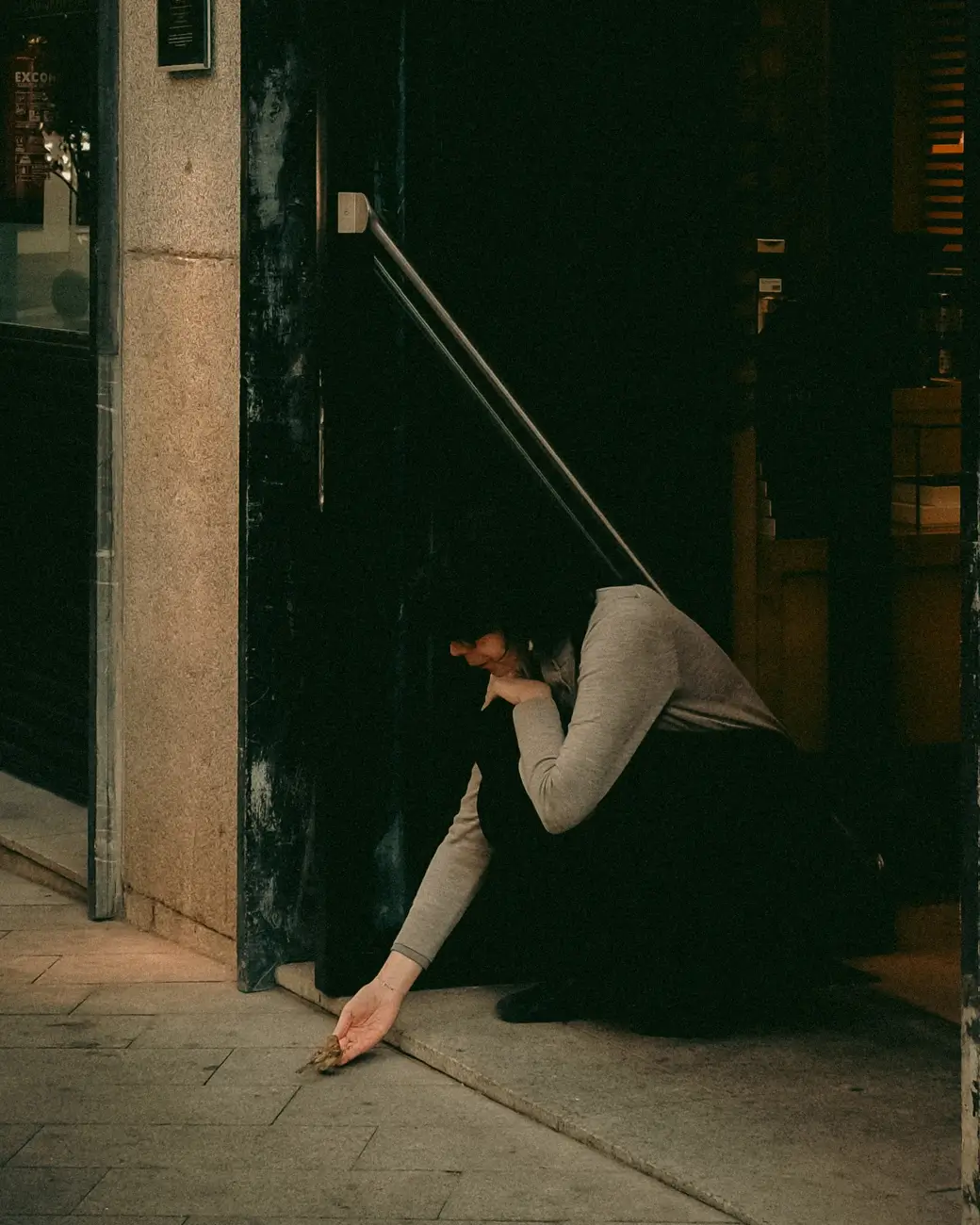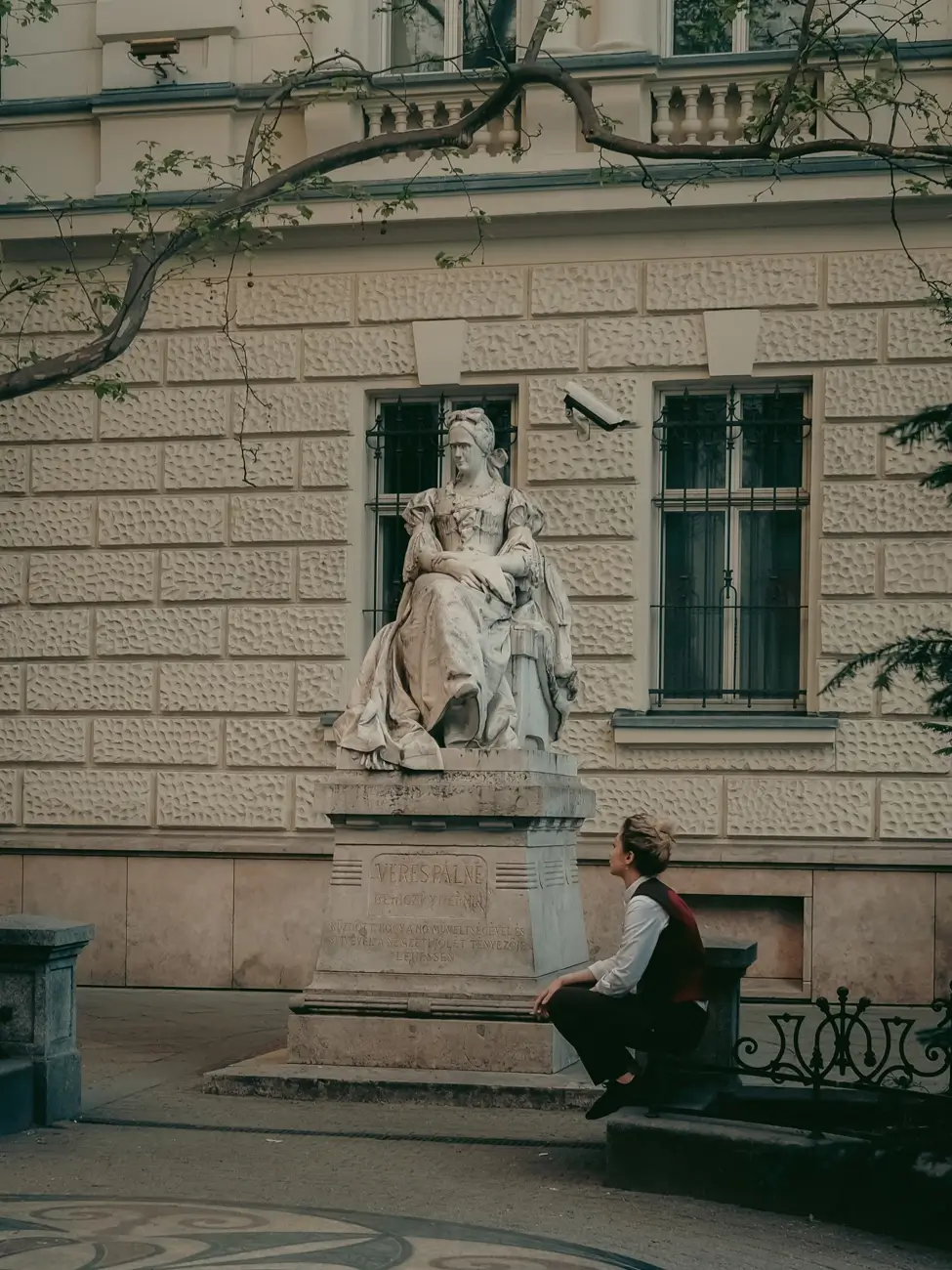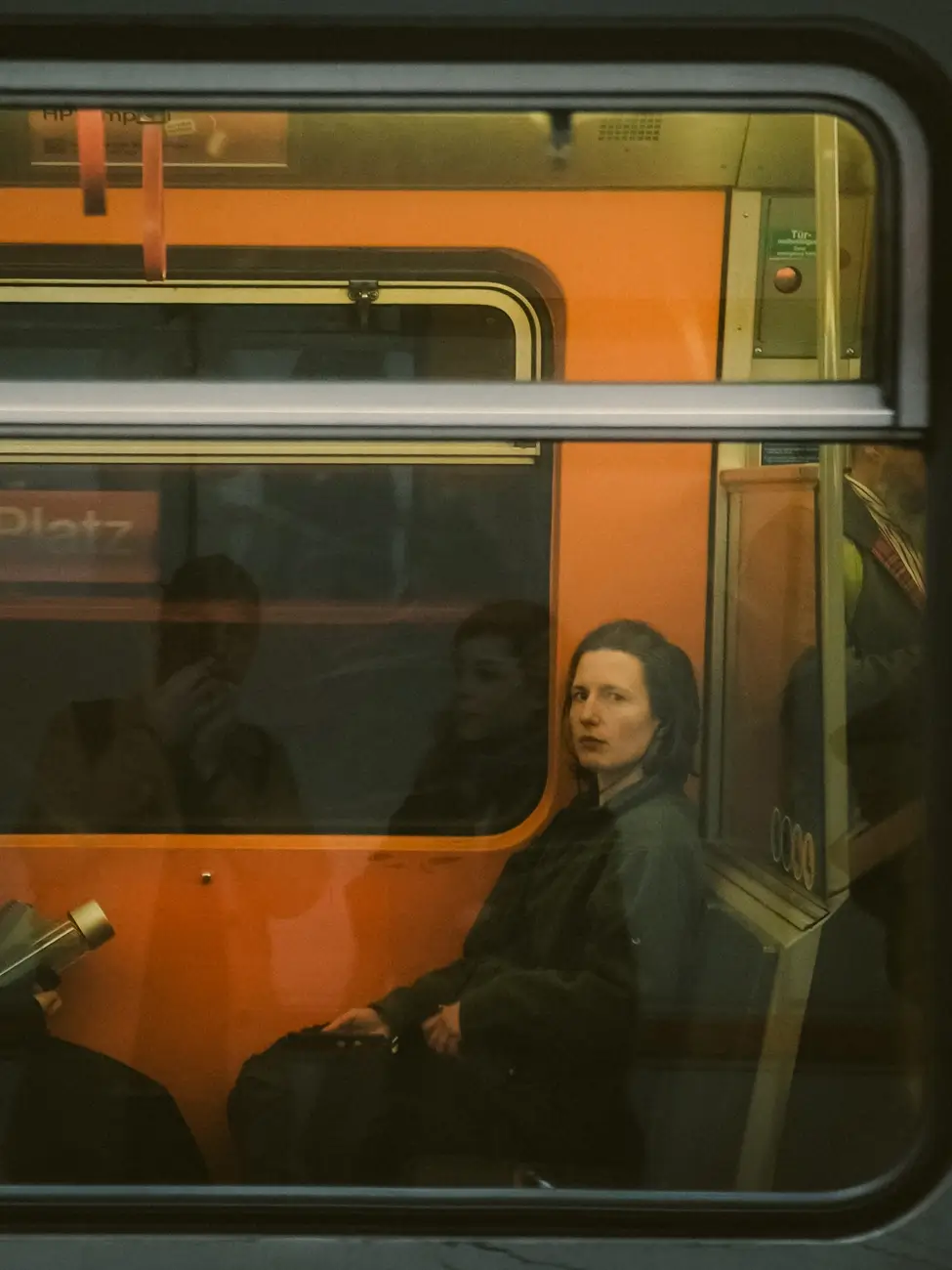Tommi Viitala, winner of
AAP Magazine #44: Street, is a Finnish photographer whose work captures the rhythm and soul of urban life with a poetic and cinematic sensibility. Based in Finland, Viitala has developed a distinctive visual language rooted in observation, patience, and a deep appreciation for the subtle interplay between people and their surroundings. His photographs often depict fleeting, understated moments — a passing glance, a shadow crossing the pavement, or a figure framed against the geometry of the city — transforming ordinary scenes into profound visual narratives.
Influenced by both classical and contemporary traditions of street photography, Viitala combines technical precision with emotional depth. His use of light and contrast reveals an instinctive understanding of visual storytelling, while his compositions reflect a keen awareness of timing, space, and atmosphere. Each image feels like a still from an unwritten film — immersive, contemplative, and filled with quiet tension.
Beyond aesthetics, Viitala’s work explores broader themes of isolation, connection, and the human condition within urban environments. His photographs invite viewers to slow down and rediscover the beauty of the everyday — to notice what often goes unseen in the rush of modern life. Exhibited internationally and featured in various publications, his images resonate across borders, offering a universal yet distinctly personal vision of the street.
We asked him a few questions about his life and work.
All About Photo: You mention that you’ve been actively practicing street photography for about four years, but that cameras have been part of your life since the 1990s. Can you tell us about your first experiences with photography back then?
Tommi Viitala: When I got interested in film cameras in the 1990s, those early shots weren’t necessarily “street photography” in the current sense of the word, but they taught me visual perception, the play of shadows and light, and framing — skills that later transferred directly to street photography. I also started experimenting with the basics of photography, such as film development. This taught me later useful skills, such as patience and the tension of waiting (limited rolls of film, only a maximum of 36 shots, and limited opportunity to correct mistakes) while waiting for the images to be ready.
What inspired you to move from filming “more or less actively” to focusing more seriously on street photography in recent years?
Although I have produced videos and photographed various projects throughout my life, street photography appealed to me because its ability to capture the transience, randomness, and visual surprise of everyday life resonated deeply. When one day I went out into the streets to shoot without a specific goal and felt the pull — that something spontaneous could arise — I decided to shift my focus more to street photography.
Growing up in Finland, how did your surroundings in Helsinki influence your way of seeing the world with a camera?
The environment of Helsinki and Finland has definitely shaped my vision. The long periods of darkness, changing light conditions, quiet streets and changing weather conditions have taught me to look for the interfaces between light and shadow and to emphasize mood and contrasts when the light is sufficient. In addition, Helsinki's architecture, street networks, building rhythms and the geometry of urban spaces provide a wealth of visual possibilities — symmetry, lines, image balance — which are often the starting points for images.
Do you think your background in film photography has shaped your current approach to street photography in terms of patience, timing, or composition?
Absolutely. Film photography taught me that every image is valuable and that mistakes cannot be undone immediately — this increases precision, consideration, and patience. In composition, the limitations of film photography have forced me to look for clear shapes, strong structure, and careful geometry, which is reflected in my current street photos. Timing — waiting for the right moment, has become almost instinctive through my film background, as you can’t just snap a comic strip at random, but have to wait for the moments when everything falls into place.
You describe your style as one defined by composition, sharp contrasts, moody atmosphere, and symmetry. How did this signature style develop over time?
My style didn’t come about in a single moment, but rather through trial, error, and visual discovery. In the beginning, I shot in many different styles and approaches, but over time I discovered the most appealing visual elements — contrasts, shadows, framing, symmetry, that is, the ones that kept drawing me back to the streets. The mood came gradually as I realized that you don’t have to show everything clearly in your photos — muted tones, shadows, partial twilight can tell just as much as clear elements.
Contrast and shadows seem central to your work. What draws you so strongly to this visual language?
Contrast and shadows provide strong visual tension and depth, they “break” the flatness of the image and bring out shapes, structures and movement dramatically. On bright days, shadows are more pronounced, and then they reveal visual layers that would otherwise be invisible in the dark. Shadows also give me the opportunity to abstract — to leave some of the visual information in the dark, to bring in the viewer’s imagination.
Helsinki has long winters and shifting light conditions. How does the Finnish environment affect the way you shoot in the streets compared to sunnier places?
In Finland, the lighting conditions are often challenging: twilight, fog, low light or very short periods when the light is “good”. This teaches you to look for small highlights, small gaps, rows of shadows and to use the available light very precisely. On the other hand, sunny days are opportunities for light and shadow — then I look for strong shadow areas and contrasts that might not be as dramatic elsewhere. In addition, the shadows of the evening and morning sun, the short “golden hour” at Helsinki’s latitudes, provide unique tensions and moods that I exploit on the street.
You’ve also photographed abroad, most recently in Budapest. How does working in a new city challenge or inspire your practice?
In a new city, familiar visual routines do not apply — the shapes of buildings, street networks, people's movement, the directions of light change. It forces me to be even more alert and open to visual surprises. In Budapest, the strong rhythm of architecture and city structures was visible, and there I was able to find new shadow-light patterns that I might not encounter in Helsinki, for example. In a new environment, the spark of life for photography often rekindles — I want to see, experiment, find my own goal in relation to the new space.
What role does patience versus spontaneity play in your process when waiting for or capturing a fleeting moment?
Both are very important! Without patience, many opportunities would not materialize, but without spontaneity, many moments would go unnoticed. I often wait for moments when the rhythm of light, shadow, and people’s movement feels right, but I also have to be sensitive to react quickly when something unexpected happens. My work combines anticipation and reactivity. I have often waited for minutes, but the right moment can come in a second — then you have to be ready.
Street photography often reveals “glitches” or exceptions in everyday life, as you describe. Could you share a memorable example where such a detail caught your eye and became a significant image?
One example: I was walking down the street and the shadows were drawing a fairly symmetrical pattern on the wall, and suddenly a passerby stepped into the pattern a little asymmetrically — a small mistake in the line, but it just broke the perfection and created visual tension. Then I stopped, composed it so that the “mistake” became part of the whole, and it created an image that later felt meaningful (You often see this type of image in my presentations).
You’ve mentioned that street photography has changed how you see the city. In what ways has it altered your daily perspective on urban life?
With street photography, the city is not just a space, but a continuous visual web full of possibilities. I see lines, shadows, boundaries, encounters, rhythms of structures and small moments wherever I move. I increasingly notice that people and spaces resemble visual wholes — we look at the city as a potential image. Even everyday things that previously went unnoticed can arouse interest: figures, shadows, rays of light, graphics, fleeting moments.
The genre of street photography includes a wide range of styles—juxtaposition, geometry, play of light and shadow. Which of these resonates most with you right now, and why?
At the moment, the play of light and shadows) and geometry are particularly resonating. The combination of spatial geometry (building lines, window and shadow elements) meets the drama of light and shadow creates a visual appeal for me. Juxtaposition — the meeting of different elements, is also always present, but it often materializes in shadow-light structures. The combination of these elements gives me a working language with which I can express my own vision.
Your work has been featured in exhibitions and publications. How has this recognition impacted your motivation or the way you approach the streets with your camera?
Although I've my own strong vision and style that cannot be affected outside so much, recognition in exhibitions and publications gives me confirmation and belief that my images resonate with others — it motivates me to continue and develop my own visual language. But at the same time, I try to maintain my calm and freedom: I don’t want the public to control my photographic decisions. The fact that people see my work also opens up opportunities for more international visibility and encounters with other photographers.
You’ve said that even when ten photographers capture the same fleeting moment, each image is different. What do you hope your images reveal that is uniquely yours?
I hope that my images convey my own vision, the way I combine light and shadow, the composition, the visual rhythm, and the emotional tone. Even though the moment is the same, what I leave out, how I frame, where I fade the shadow, how I place the subjects — these are the choices that are “mine.” I want the viewer to recognize a strong visual line, feel the mood of the image, and see through it a worldview that is mine.
Finally, what do you see as the next step in your street photography journey—more international travel, exploring new techniques, or perhaps publishing a body of work?
The next step is a combination of these: I want to expand international projects, deepen visual concepts and possibly compile my own series or book. At the same time, I hope to experiment with new techniques, perhaps combining different materials or a hybrid of analog and digital. The most important thing, however, is to maintain the sensitivity, spontaneity and visual curiosity that made me fall in love with street photography from the beginning.


